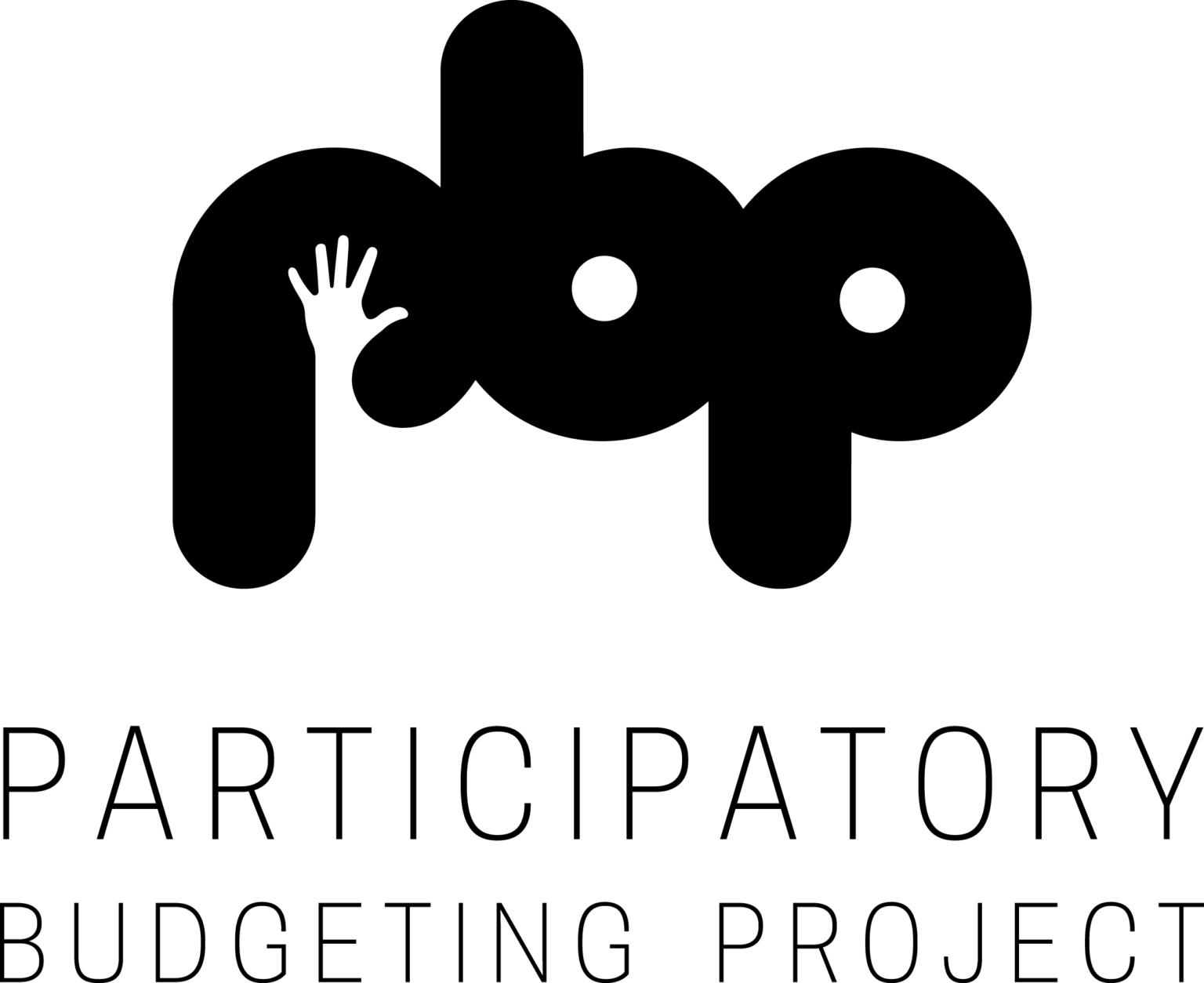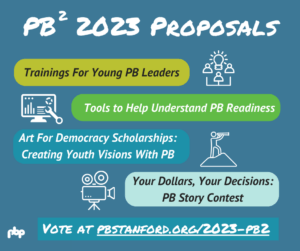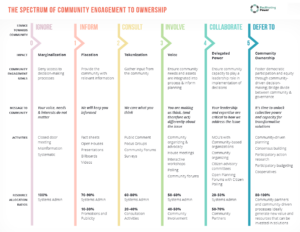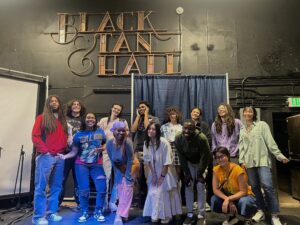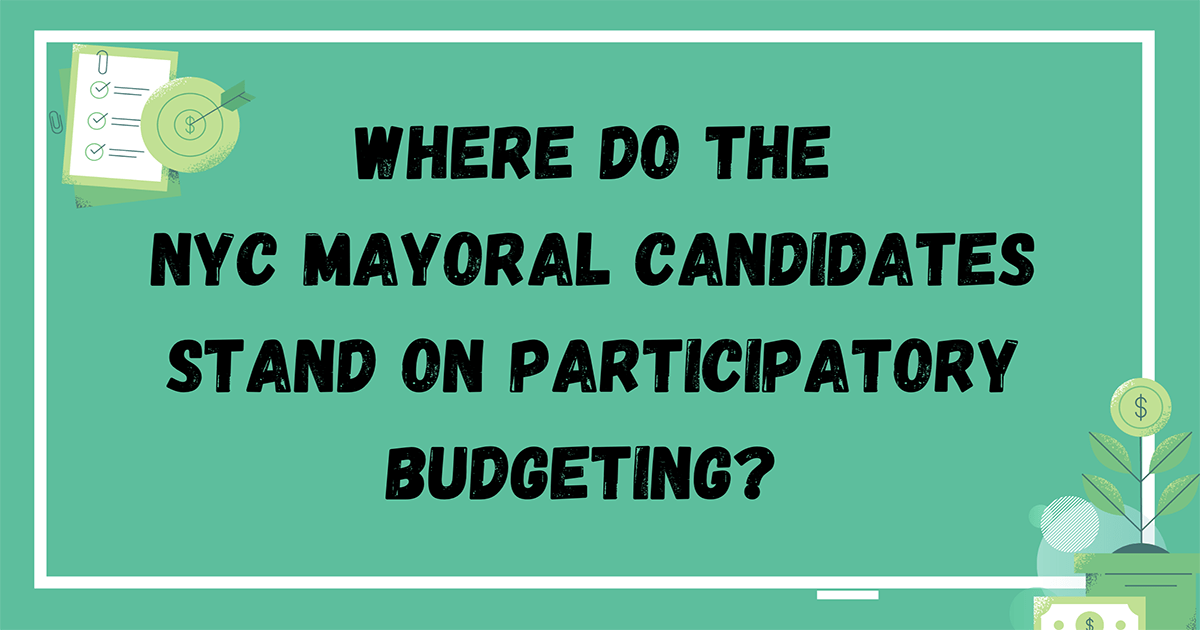
For over ten years, New York City has been a leader in participatory budgeting in North America and around the world. From launching among the first participatory budgeting (PB) processes in the United States to expanding PB to 33 districts in the last decade – New York City has set the standard for community-led decision making by empowering real people to make real decisions about real money that impacts their lives.
Now, as we are entering an incredibly important period of rebuilding and some crucial elections in NYC – including a closely watched mayoral race – we have a chance to ensure New York’s leadership in participatory democracy continues to transform democracy.
That’s why we joined together with 23 community-based organizations & over 31 city council candidates to send a letter to the NYC mayoral candidates stating our commitment to participatory democracy and the Civic Engagement Commission and asking the candidates some key questions, We asked every viable candidate:
- What is your vision for the Civic Engagement Commission’s (CEC) PB mandate?
- How would you ensure community-led decision-making is centered throughout your administration?
- How would you ensure that the over four billion dollars in funds from the American Rescue Plan coming to NYC are serving communities most impacted by the pandemic (BIPOC, immigrant communities, etc.)?
Below are the responses we’ve received so far. If you have any questions or want to learn more, please email julian@participatorybudgeting.org.
Eric Adams Expand “Beginning in FY16, I became the only agency outside the New York City Council to support Participatory Budgeting, and to empower local communities to have a say in how their tax dollars are spent. Through a partnership with participating Brooklyn council members, I allocated more than $4 million of capital funding decisions into the hands of communitymembers to fund parks, dog runs, affordable housing, and other integral projects. I also began the first of its kind High School Participatory Budgeting project allocating nearly $2 million since 2019. This effort focused on school safety and funded projects like gender-neutral bathrooms,
new water fountains, and physical education spaces. In addition, schools were tasked with empowering students to develop restorative justice policies to be implemented in concert with school leadership.
I would build on existing PB structures and my efforts above to ensure a comprehensive engagement strategy. That means in person and remote engagement using the infrastructure built out from Census 2020 and the COVID19 Test and Trace and vaccination programs. I would scale up my in-school participatory budgeting program for high schools across New York City and develop a NYCHA specific process in our public housing developments, many of whom have already undertaken the councilmanic process. Additional agencies for consideration to expand participatory budgeting could include our public library systems, Parks, DOT, and DCLA.”
I would empower local community processes that exist already whether that be participatory budgeting or the community board’s 197a planning process. If we look at affordable housing, for example, I would ensure that our communities conducted community-wide comprehensive planning processes with a predetermined number of affordable housing units that each community district must absorb. Every community must do their part to address our affordable housing crisis. My administration would provide funding to each community board to develop a community vision plan in the form of a 197a plan in order to identify where we should be allocating affordable housing, investing in infrastructure, and siting areas for schools, medical facilities, and other critical necessities for communities.
This would be the model I would drive to ensure robust community engagement, tied to our existing infrastructure developed from Census 2020 outreach programs to ensure a diversity of voices and perspectives to lead the visioning and planning processes.
COVID-19 did not create the inequities in our city, but they exacerbated existing ones. As research suggests that participatory budgeting increases participation in government decision making and as a part of our recovery plan, I would tap into existing participatory budgeting processes, but also strengthen and expand our DYCD-convened Neighborhood Advisory Boards, to engage community groups in underserved communities throughout the city.
Shaun Donovan ExpandShaun Donovan did not respond to our request.
Kathryn Garcia ExpandKathryn Garcia did not respond to our request.
Ray McGuire ExpandI believe that citizenship is a verb and that democracy is not a spectator sport. Being engaged and involved is something that we all must find ways to do not just on election day but every day in between. The Civic Engagement Commission has the opportunity through participatory budgeting to give New Yorkers more of a say in the direction of their communities.
As mayor, I will oversee the full implementation of citywide participatory budgeting with a focus on making eligible for funding, projects that cross neighborhoods and city council districts and serve a borough or citywide need.
Additionally, I would focus on making eligible for funding projects that serve historically underserved communities and under-invested in.
To be clear, I will not allow participatory budgeting to become a substitute for the regular capital process. There are many projects in every neighborhood that are essential to the basic functioning of the city that cannot and should not be subjected to a popularity contest. However, when it comes to other community amenities, it should be the community that decides what they need and where.
As mayor, I will hold myself accountable to all New Yorkers. Participatory Budgeting is a great way to have the voice of the people heard where it matters, in the city’s finances. Additionally, as mayor, I will regularly hold town hall meetings in communities across the city to provide New Yorkers the opportunity to hold their government accountable in person.
Furthermore, I will direct the Mayor’s Community Affairs Unit and the Civic Engagement Commission to develop strategies to reach out to marginalized communities and assist New York City agencies in developing civic engagement initiatives and ways to effectively reach those New Yorkers whose voices too often go unheard.
My Plan will launch the greatest and most inclusive economic comeback in the history of New York City. My Comeback Job Accelerator will bring back 50,000 jobs by covering 50 percent of a worker’s salary for one year at small businesses that were hardest hit by the pandemic. These are often businesses run by women, people of color, and immigrants.
My comeback bank initiative to make capital accessible and available to small businesses especially family-owned and family-run businesses, and those owned by people of color and immigrants through community banks.
Additionally, my housing plan calls for using a portion of federal funds from the American Rescue Plan to build more deeply affordable housing, targeted to those making less than 50% of Area Median Income, and to increase funding for rental assistance programs, both of which will help the communities most impacted by the pandemic.
Dianne Morales ExpandDianne Morales did not respond to our request.
Scott Stringer ExpandScott Stringer did not respond to our request.
Maya Wiley ExpandMaya Wiley did not respond to our request.
Andrew Yang ExpandAndrew Yang did not respond to our request.
Day Hour Minute Second
